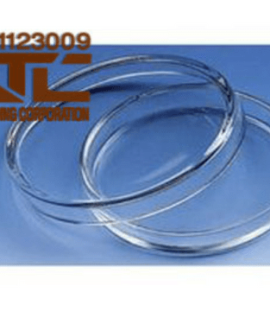Vacuum desiccator
৳ 7,500.00
Thanks for letting me know about Fisher Scientific’s range of Vacuum desiccator It’s always helpful to be aware of different suppliers and options for scientific equipment.
20 in stock
SKU: Lb-019
Categories: All Categories, Laboratory
Tags: best Vacuum desiccator, vacuum desiccator, Vacuum desiccators of ktcdhaka
240mm/300mm
Brand =China
Vacuum desiccator:
Thanks for letting me know about Fisher Scientific’s range of Vacuum desiccator It’s always helpful to be aware of different suppliers and options for scientific equipment.
Here’s a guide on how to use a vacuum desiccator:
1. Preparation Vacuum desiccator:
- Inspect for Damage: Examine the desiccator for any cracks, chips, or compromised seals. Never use a damaged desiccator.
- Add Desiccants: Place a drying agent, typically silica gel, into the bottom of the desiccator. Ensure it doesn’t surpass the level of the plate.
- Apply Lubricant: Apply a thin layer of vacuum grease (not silicone grease) to the ground surfaces of the lid and base to create an airtight seal.
2. Placing Samples Vacuum desiccator:
- Position Samples: Place your samples on a suitable surface, like a watch glass or weighing paper, and position them on the desiccator plate.

Creating a Vacuum:
- Connect Vacuum Pump: Attach a vacuum pump to the side tube of the desiccator using a flexible vacuum hose.
- Open Stopcock: Rotate the stopcock to open it, allowing air to be drawn out by the vacuum pump.
- Monitor Vacuum: Keep an eye on the vacuum gauge (if available) to ensure sufficient vacuum is achieved.
- Close Stopcock: Once the desired vacuum level is reached, close the stopcock to maintain the vacuum.
Allowing Drying:
- Leave Samples: Leave the samples in the vacuum desiccator for the required drying time. This can vary depending on the nature of the samples and the drying agent used.
Releasing Vacuum:
- Open Stopcock Gradually: To release the vacuum, slowly and partially open the stopcock to allow air to enter gradually. This prevents sudden pressure changes that could damage samples or the desiccator.
- Equalize Pressure: Once the pressure inside the desiccator equalizes with the outside air, the lid can be safely removed.
Opening Desiccator:
- Slide Lid: Gently slide the lid off the desiccator, taking care not to disrupt the samples or the drying agent.
Removing Samples:
- Retrieve Samples: Carefully remove your dried samples from the desiccator.
Additional Tips:
- Handle with Care: Avoid placing heavy objects on the desiccator lid or dropping the desiccator.
- Regenerate Desiccants: Reactivate used silica gel by heating it in an oven to remove absorbed moisture.
- Store Properly: Keep the desiccator tightly closed when not in use to maintain the effectiveness of the drying agent.
Vacuum desiccators of Ktcdhaka:
We always try to sell Vacuum desiccators of Ktcdhaka product and always flexible with customer we try to do business nicely.
Be the first to review “Vacuum desiccator”
You must be logged in to post a review.












Reviews
There are no reviews yet.